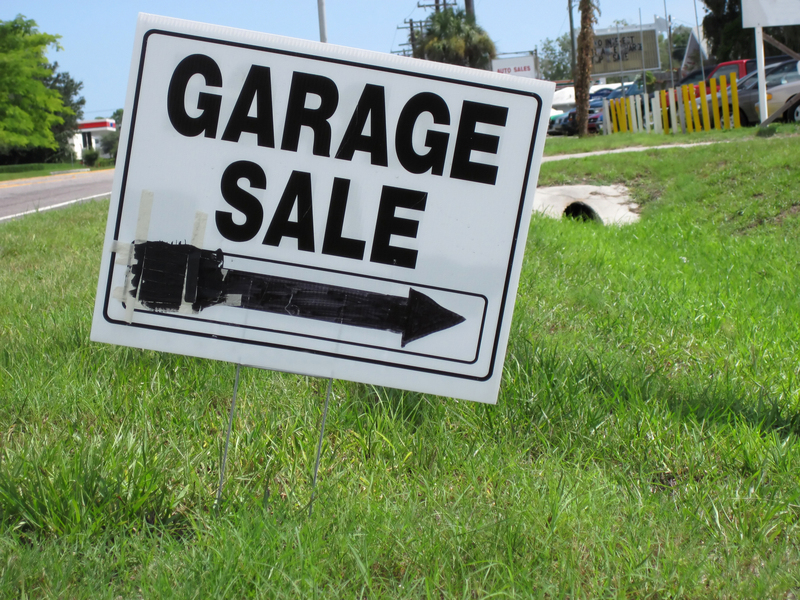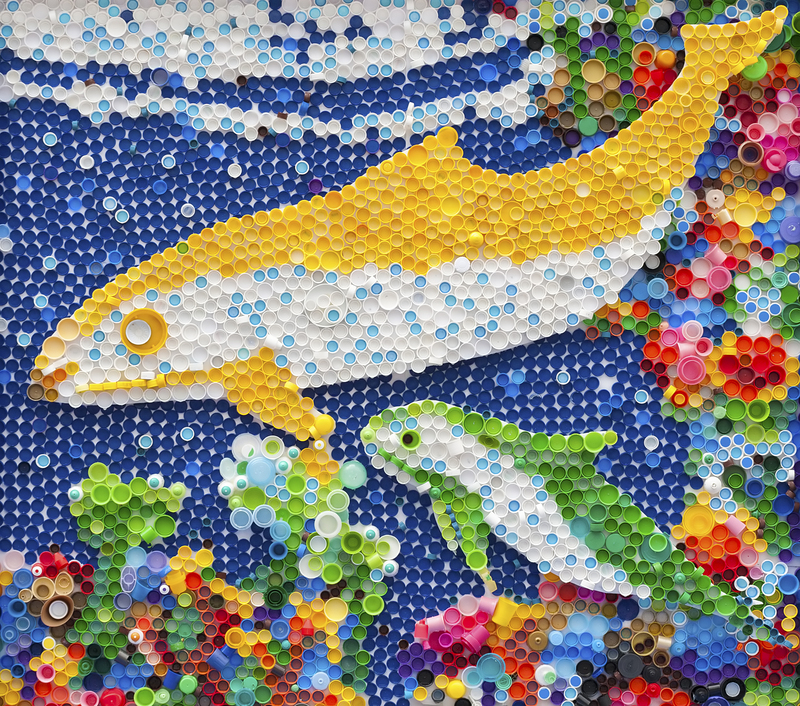Breathing New Life Into Your Worn-Out Pots and Pans
If you love to cook, you know that pots and pans are the backbone of your kitchen arsenal. Over time, even the best cookware can show signs of wear and tear--scratches, stains, burnt bottoms, and lingering odors. But before you toss your tired cookware and spend a fortune replacing it, consider the environmental and financial benefits of revitalizing your worn-out pots and pans.
In this comprehensive guide, we'll explore a range of effective, eco-friendly methods to restore, refresh, and even upcycle your cookware. Whether you're an enthusiastic home chef, a sustainability advocate, or just want to save on expenses, these tips will help you breathe new life into your old pots and pans.
Why Revive Your Old Cookware?
Restoring old cookware isn't just about saving money--it's about embracing sustainability and preserving memories. Many pots and pans carry family stories and traditions, making them worth the effort to save. Here are some key benefits:
- Cost Savings: Good-quality cookware can be pricey. Restoring saves money and maximizes your investment.
- Eco-Friendly: Reducing waste by refurbishing existing items helps minimize landfill contribution and resource consumption.
- Sentimental Value: Heirloom pieces or gifts often have emotional significance, making restoration a meaningful process.
- Performance: Properly maintained cookware can regain much of its original functionality and lifespan.

Assessing the Damage: What Can You Save?
Not all worn-out pots and pans can (or should) be restored. Start by assessing your cookware with these questions:
- Material: Is your cookware aluminum, stainless steel, copper, cast iron, or non-stick? Each requires different care.
- Extent of Damage: Are there deep cracks, warping, or severe corrosion? Some problems are fixable, others warrant replacing.
- Non-Stick Wear: Peeling or flaking non-stick surfaces can pose health risks and usually indicate it's time to let go.
- Handles and Lids: Loose or missing parts often have easy DIY solutions, so don't discard items for small issues!
Deep Cleaning Methods for Old Pots and Pans
1. Stainless Steel Restoration
Stainless steel pots and pans are prized for their durability, but burnt stains, discoloration, and mineral deposits can mar their look. Here's how to clean them:
- Baking Soda and Vinegar: Sprinkling baking soda on the surface, adding a splash of vinegar, and scrubbing with a non-abrasive sponge can erase tough stains. For stubborn spots, let the mixture sit for 10-15 minutes.
- Boiling Method: Fill the pan with water, add a few tablespoons of vinegar, and bring to a boil. This helps to loosen burnt-on food residue. After cooling, clean as usual.
- Lemon and Salt: This natural combo can help tackle discoloration. Rub a cut lemon dipped in kosher salt across the stains. Rinse thoroughly and dry.
2. Revitalize Cast Iron Cookware
Cast iron pans can last generations if maintained correctly. Reseasoning is the key to their longevity.
- Remove Rust: Use steel wool or a stiff brush to scrub away surface rust. For severe cases, a vinegar-water soak (1:1 ratio) for up to an hour can help dissolve rust.
- Seasoning: Coat your washed, dry pan with a thin layer of vegetable oil or shortening. Bake upside-down in a 450?F (232?C) oven for one hour (place foil underneath to catch drips).
- Regular Maintenance: After every use, wipe your cast iron with oil to prevent rust and maintain its non-stick surface.
3. Aluminum Revamp
Over time, aluminum cookware can darken or pit. Here's how to bring back the shine:
- Cream of Tartar Solution: Simmer a few tablespoons of cream of tartar in water in your pan for 10-15 minutes. This lifts discoloration and restores brightness.
- Non-Abrasive Cleaners: Avoid acidic foods and harsh scouring pads, which can permanently damage aluminum surfaces.
4. Refresh Non-Stick Surfaces
Non-stick pans require gentle care. If the surface is only mildly scratched (no chips or peeling), try these approaches:
- Baking Soda Cleaning: Sprinkle baking soda on the surface and scrub with a soft sponge to remove residue and revive glide.
- Re-seasoning: Lightly rub with oil and heat the empty pan over low heat for a few minutes, then wipe away any excess.
Note: Severely damaged non-stick coatings cannot be salvaged and pose a health risk.
Fixing Common Pot and Pan Problems
Handle Repairs
Loose or wobbling handles are not only annoying--they're potential health hazards. Here's what to do:
- Tighten Screws: Most handles are attached with screws. Use an appropriate screwdriver to tighten them; add a drop of thread-locker for persistent problems.
- Replace Handles: Many manufacturers sell replacement parts. Measure carefully and use heat-proof materials only.
Lid Issues
- Missing or Loose Knobs: Generic replacement knobs can be purchased online or at hardware stores and installed with a simple screw.
- Cracked Glass: If your glass lid is cracked, replace it immediately for safety.
Deodorizing Old Cookware
Lingering odors, especially in plastic handles or lids, can make otherwise functional pots and pans unpleasant to use. Try these deodorizing methods:
- Baking Soda Paste: Mix baking soda with water and apply to suspect areas. Let it sit overnight before rinsing thoroughly.
- Lemon Rub: Rubbing with cut lemons helps neutralize odors and leaves a fresh scent.
- Boil with Vinegar: Boiling a mixture of water and white vinegar in the pan can remove deep-set smells.
Upcycling Your Old Pots and Pans
If a pot or pan is truly beyond cooking use, why not get creative? Upcycling gives a second life to your cookware and reduces landfill waste.
- Planters and Garden Decor: Small pots make charming herb planters, while larger pans can become fairy garden bases or flower pots.
- Kitchen Organizers: Hang pans on the wall for rustic storage or use them as holder trays for utensils or spices.
- Craft Projects: Turn old pans into clocks, candle holders, or quirky art pieces.
Daily Habits to Prolong the Life of Your Pots and Pans
Proper Cleaning Techniques
- Use Gentle Sponges: Avoid steel wool except on cast iron or for serious stainless steel issues.
- Let Pans Cool: Rapid temperature changes can cause warping--let pans return to room temperature before washing.
- Avoid Dishwashers: Many cookware varieties (especially non-stick, cast iron, and aluminum) fare best with gentle hand washing.
Smart Storage
- Stack with Care: Place a soft cloth or paper towel between pans to prevent scratching non-stick or enamel surfaces.
- Hang When Possible: Hanging cookware reduces abrasion and makes your favorite pieces easy to access.
Best Products for Restoring Old Cookware
If home remedies aren't enough, try these specialized products:
- Bar Keepers Friend: Excellent for stainless steel and copper, it removes tarnish and tough stains without harsh scratching.
- Cookware Seasoning Oils: Designed for cast iron, these oils make the seasoning process easier and more effective.
- Non-Abrasive Scrubbers: Products made with nylon or silicone clean effectively while preserving surfaces.

Your Cookware's Second Life: When to Replace
Even the best efforts can't rescue every pot or pan. Here are some signs it's time for a replacement:
- Warped Bottoms: If a pan no longer sits flat, it won't cook evenly--replace for optimum results.
- Chipped or Flaking Non-Stick Coating: This can release toxins--discard immediately.
- Deep Pitting/Rust: Especially in food contact areas, deep damage can threaten safety and sanitation.
Conclusion: Embrace Sustainable Cooking
With a bit of TLC and creativity, breathing new life into your old pots and pans is both satisfying and sustainable. From deep cleaning and minor repairs to upcycling and creative reuse, there are plenty of ways to keep your kitchen gear out of the landfill while enjoying their continued useful life. Not only will you save money, but you'll also develop a deeper appreciation for your tools--and perhaps even inspire others to adopt greener habits.
So next time you spot a battered pan lurking in the back of your cabinet, don't rush to replace it. Try these techniques, and let every meal you cook tell a story of renewal and resourcefulness!
Frequently Asked Questions
- Can I resurface non-stick pans at home? You can re-season for mild loss of glide, but peeling or chipping non-stick coatings require replacement for safety.
- Is rust on cookware dangerous? Superficial rust can be removed, but avoid using deeply pitted or rusty pans for food preparation.
- What's the best way to store restored cookware? Dry thoroughly, stack carefully, or hang to prevent damage and prolong life.
Rediscover your cookware's potential and make sustainability a key ingredient in your kitchen today!
